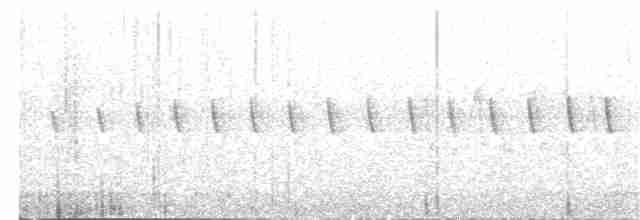Subalpine Robin Petroica bivittata Scientific name definitions
- LC Least Concern
- Names (23)
- Subspecies (2)
Walter Boles
Version: 1.0 — Published March 4, 2020
Text last updated August 31, 2014
Text last updated August 31, 2014
Sign in to see your badges
Species names in all available languages
| Language | Common name |
|---|---|
| Bulgarian | Белокорема петроика |
| Catalan | petroica muntanyenca |
| Croatian | batić muhar |
| Dutch | Woudvliegenvanger |
| English | Subalpine Robin |
| English (United States) | Subalpine Robin |
| Estonian | mägimiro |
| Finnish | papuanvuorisieppo |
| French | Miro montagnard |
| French (Canada) | Miro montagnard |
| German | Bergwaldschnäpper |
| Indonesian | Robin gunung |
| Japanese | モリシロハラクロヒタキ |
| Norwegian | fjellflueskvett |
| Polish | skalinek żałobny |
| Russian | Альпийская петроика |
| Serbian | Planinski novogvinejski crvendać |
| Slovak | mucholovka horská |
| Spanish | Petroica Montañesa |
| Spanish (Spain) | Petroica montañesa |
| Swedish | bergsydhake |
| Turkish | Papua Dağ Bülbülü |
| Ukrainian | Тоутоваї лісовий |
Petroica bivittata De Vis, 1897
PROTONYM:
Petroeca bivittata
De Vis, 1897. Ibis, p.376.
TYPE LOCALITY:
Mt. Scratchley; altitude 12,200 feet.
SOURCE:
Avibase, 2024
Definitions
- PETROICA
- bivittata / bivittatus
The Key to Scientific Names
Legend Overview
UPPERCASE: current genus
Uppercase first letter: generic synonym
● and ● See: generic homonyms
lowercase: species and subspecies
●: early names, variants, misspellings
‡: extinct
†: type species
Gr.: ancient Greek
L.: Latin
<: derived from
syn: synonym of
/: separates historical and modern geographic names
ex: based on
TL: type locality
OD: original diagnosis (genus) or original description (species)

- Year-round
- Migration
- Breeding
- Non-Breeding
Distribution of the Subalpine Robin











































